Kangil Lee
Separating Novel Features for Logical Anomaly Detection: A Straightforward yet Effective Approach
Jul 25, 2024

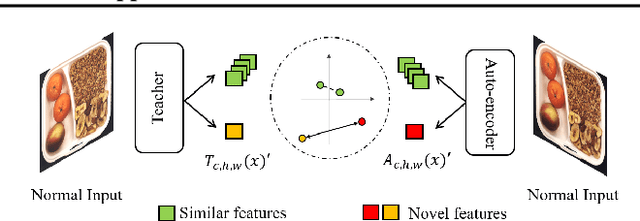

Abstract:Vision-based inspection algorithms have significantly contributed to quality control in industrial settings, particularly in addressing structural defects like dent and contamination which are prevalent in mass production. Extensive research efforts have led to the development of related benchmarks such as MVTec AD (Bergmann et al., 2019). However, in industrial settings, there can be instances of logical defects, where acceptable items are found in unsuitable locations or product pairs do not match as expected. Recent methods tackling logical defects effectively employ knowledge distillation to generate difference maps. Knowledge distillation (KD) is used to learn normal data distribution in unsupervised manner. Despite their effectiveness, these methods often overlook the potential false negatives. Excessive similarity between the teacher network and student network can hinder the generation of a suitable difference map for logical anomaly detection. This technical report provides insights on handling potential false negatives by utilizing a simple constraint in KD-based logical anomaly detection methods. We select EfficientAD as a state-of-the-art baseline and apply a margin-based constraint to its unsupervised learning scheme. Applying this constraint, we can improve the AUROC for MVTec LOCO AD by 1.3 %.
Hyperparameter Optimization with Neural Network Pruning
May 18, 2022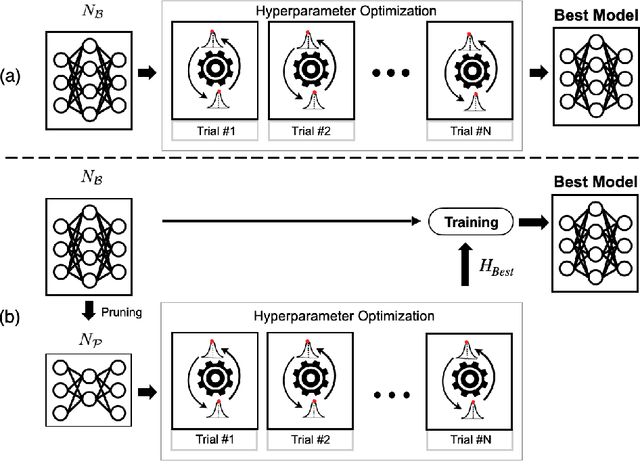
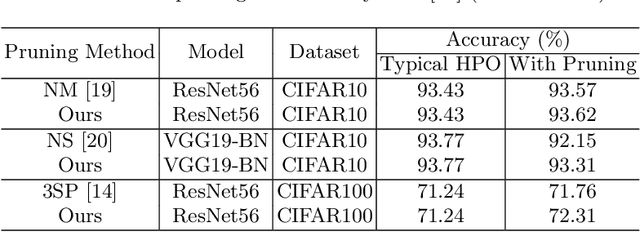

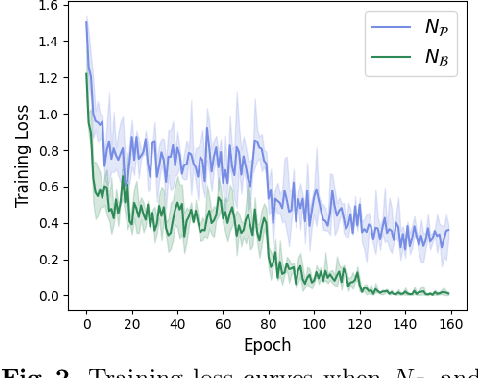
Abstract:Since the deep learning model is highly dependent on hyperparameters, hyperparameter optimization is essential in developing deep learning model-based applications, even if it takes a long time. As service development using deep learning models has gradually become competitive, many developers highly demand rapid hyperparameter optimization algorithms. In order to keep pace with the needs of faster hyperparameter optimization algorithms, researchers are focusing on improving the speed of hyperparameter optimization algorithm. However, the huge time consumption of hyperparameter optimization due to the high computational cost of the deep learning model itself has not been dealt with in-depth. Like using surrogate model in Bayesian optimization, to solve this problem, it is necessary to consider proxy model for a neural network (N_B) to be used for hyperparameter optimization. Inspired by the main goal of neural network pruning, i.e., high computational cost reduction and performance preservation, we presumed that the neural network (N_P) obtained through neural network pruning would be a good proxy model of N_B. In order to verify our idea, we performed extensive experiments by using CIFAR10, CFIAR100, and TinyImageNet datasets and three generally-used neural networks and three representative hyperparameter optmization methods. Through these experiments, we verified that N_P can be a good proxy model of N_B for rapid hyperparameter optimization. The proposed hyperparameter optimization framework can reduce the amount of time up to 37%.
Pano-AVQA: Grounded Audio-Visual Question Answering on 360$^\circ$ Videos
Oct 11, 2021
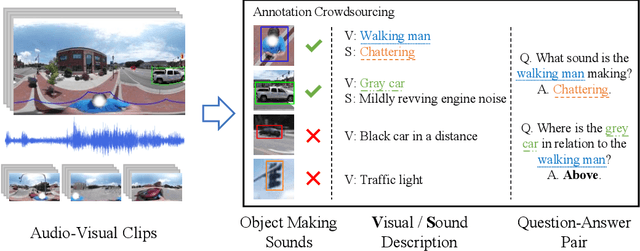
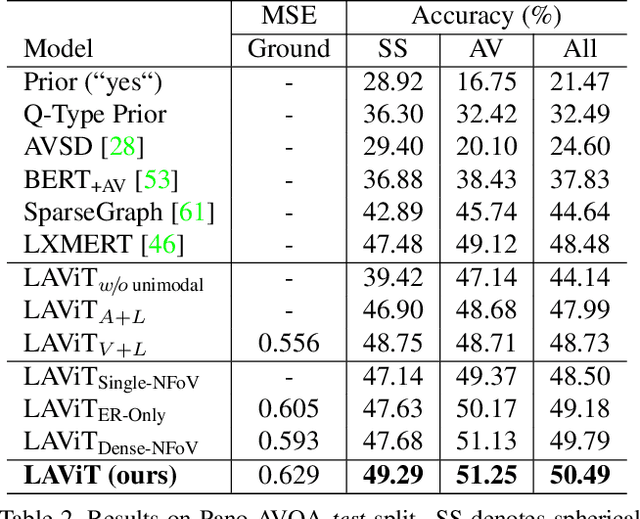
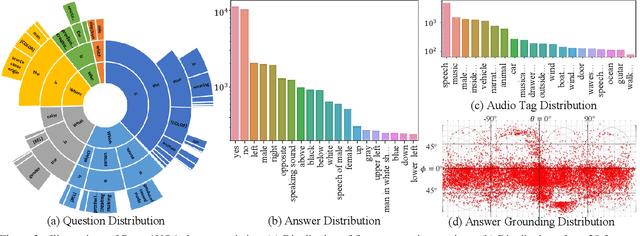
Abstract:360$^\circ$ videos convey holistic views for the surroundings of a scene. It provides audio-visual cues beyond pre-determined normal field of views and displays distinctive spatial relations on a sphere. However, previous benchmark tasks for panoramic videos are still limited to evaluate the semantic understanding of audio-visual relationships or spherical spatial property in surroundings. We propose a novel benchmark named Pano-AVQA as a large-scale grounded audio-visual question answering dataset on panoramic videos. Using 5.4K 360$^\circ$ video clips harvested online, we collect two types of novel question-answer pairs with bounding-box grounding: spherical spatial relation QAs and audio-visual relation QAs. We train several transformer-based models from Pano-AVQA, where the results suggest that our proposed spherical spatial embeddings and multimodal training objectives fairly contribute to a better semantic understanding of the panoramic surroundings on the dataset.
 Add to Chrome
Add to Chrome Add to Firefox
Add to Firefox Add to Edge
Add to Edge